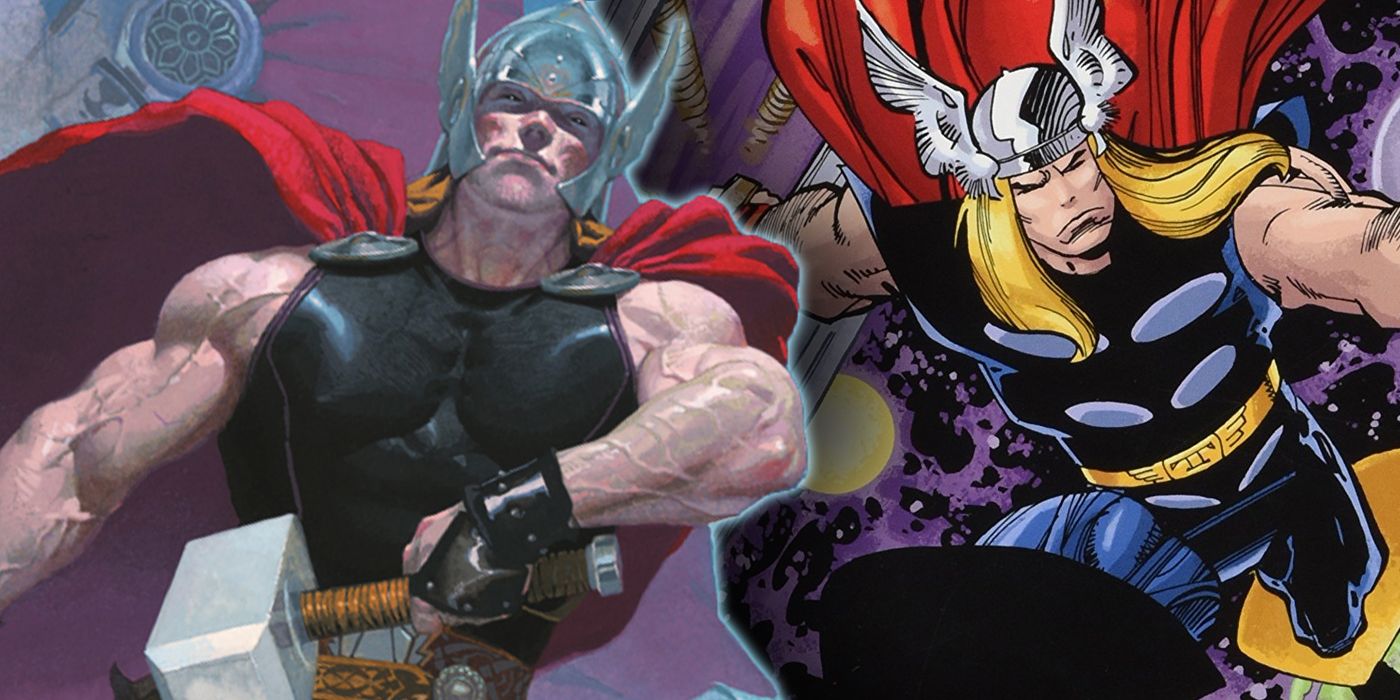
One of the most iconic Marvel superheroes of all is Thor, the Asgardian God of Thunder. Brought into the Marvel Universe by Stan Lee, Lee Lieber and Jack Kirby in 1962's Journey into Mystery #83, the Norse deity has gone on to become an essential member of the Avengers and a valiant defender of the Ten Realms, primarily Asgard and Earth. And while Thor is a cornerstone of Earth's Mightiest Heroes, the character has enjoyed numerous celebrated comic book runs chronicling his solo adventures.
With Thor playing an increasingly prominent role in the Marvel Universe under the current run helmed by Donny Cates and Nic Klein, here is a guide to the most essential Thor comic book runs that also happen to make ideal starting points for new readers.
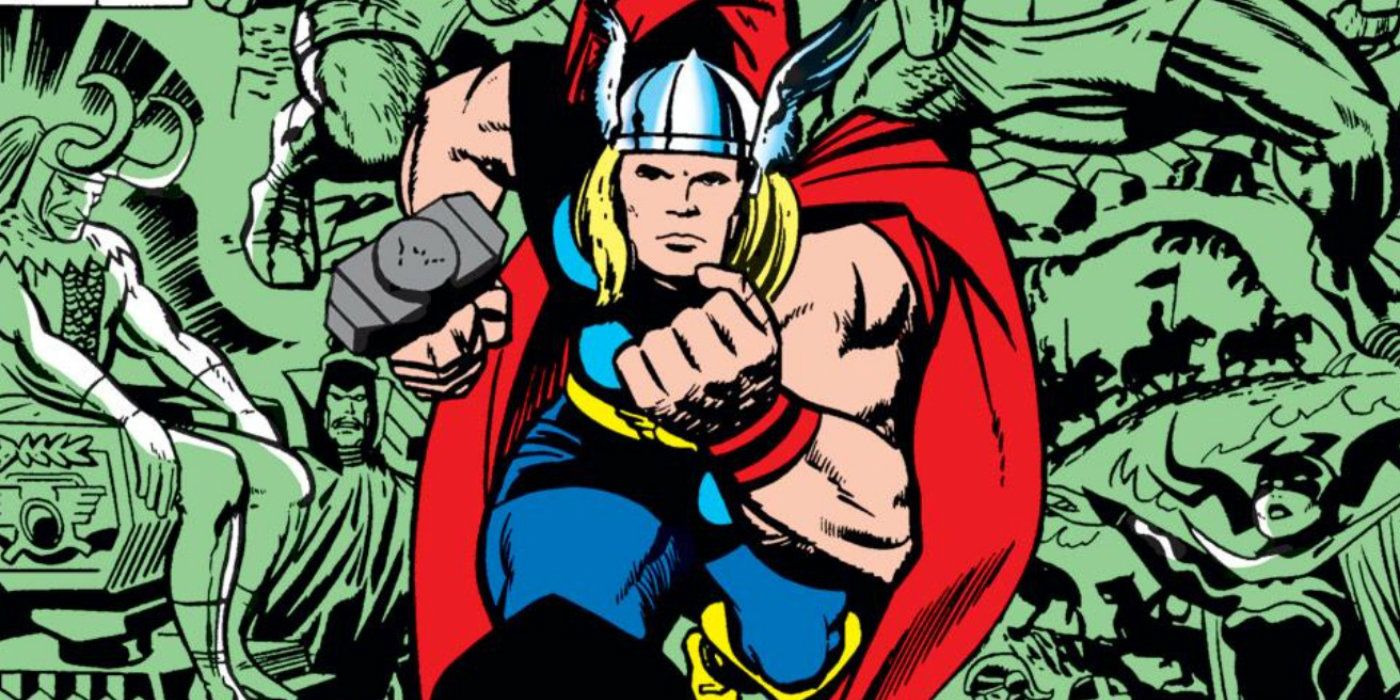
Jack Kirby had been fascinated by Norse mythology all of his life and, after previously creating a much different take on Thor for DC in the 1950s, teamed with writers Stan Lee and Larry Lieber to create Marvel's iconic God of Thunder as he stands today. The original Thor run ran from 1962's Journey Into Mystery #83 to 1966's Journey Into Mystery #125, with the title rebranded to match its superhero protagonist starting with 1966's Thor #126.
Kirby was at the helm of the title until 1970's Thor #179 when he left Marvel to work for DC. That original run brought much of the mythos that readers and Marvel Cinematic Universe fans know today, from Thor's long-running rivalry with his adopted brother Loki to other threats, including Hela, the Enchantress, Mangog, the Destroyer and Skurge the Executioner. Establishing the Asgardians as a cosmic race, the run balanced fantasy with science fiction, including Thor setting out to discover the true origins of Galactus.
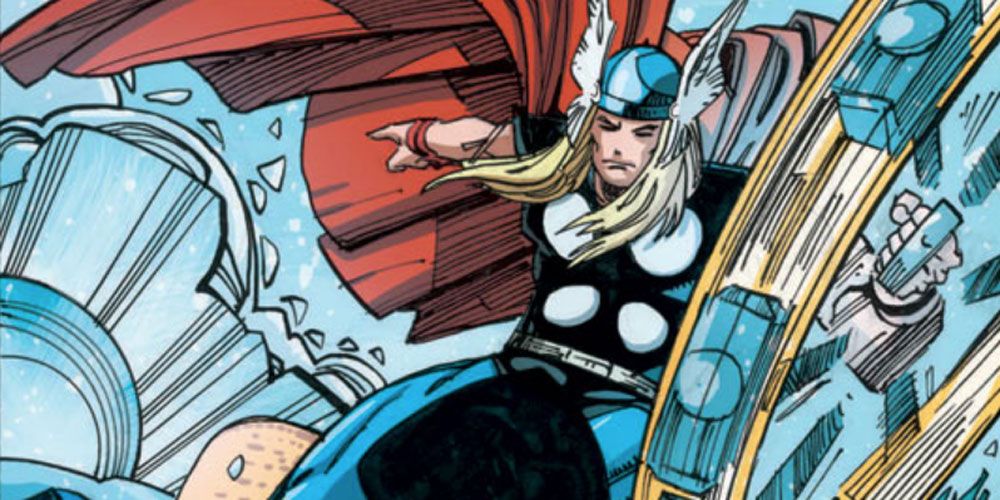
If there's anyone who rivals what the original creative team has done for the Thor mythos, it's Walter Simonson. Taking over the tile in 1983's Thor #337 as writer and artist, Simonson expanded on the dark fantasy and cosmic potential of the character, from memorable expeditions deep into the Asgardian underworld to a new, extraterrestrial God of Thunder in the fan-favorite character Beta Ray Bill.
Simonson would focus on scripting after 1986's Thor #367, with Sal Buscema joining him as the series' artist. Simonson's celebrated run would eventually come to an end with 1987's Thor #382, with the creative team leaving their indelible mark on the superhero that would echo for decades to follow.
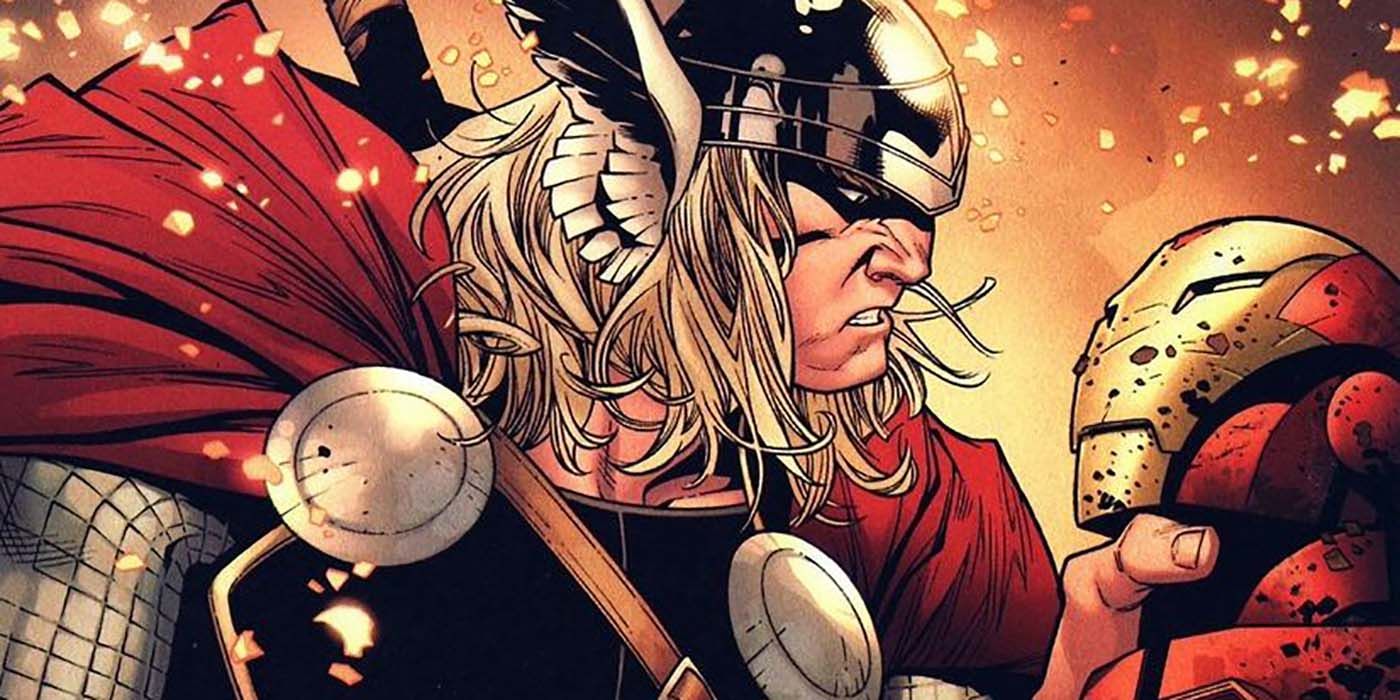
Right around the time that the Avengers disassembled for a time, Thor and Asgard endured Ragnarok, the cyclical death and rebirth of their realm. This resulted in the God of Thunder's hiatus from the activities of the Marvel Universe for several years and when Thor inevitably returned at the start of J. Michael Straczynski and Olivier Coipel's run in 2007's Thor #1, he found the world considerably different and more dangerous than the one he left.
Straczynski and Coipel's acclaimed run largely revolved around rebuilding and updating the Thor mythos, as the God of Thunder traveled around the world to reawaken his fellow Asgardians, reborn and dormant while living out their lives as common people. And with Asgard now established on Earth rather than the other side of the cosmos, the demigods intermingled with humans and faced threats closer to the Marvel Universe's home.
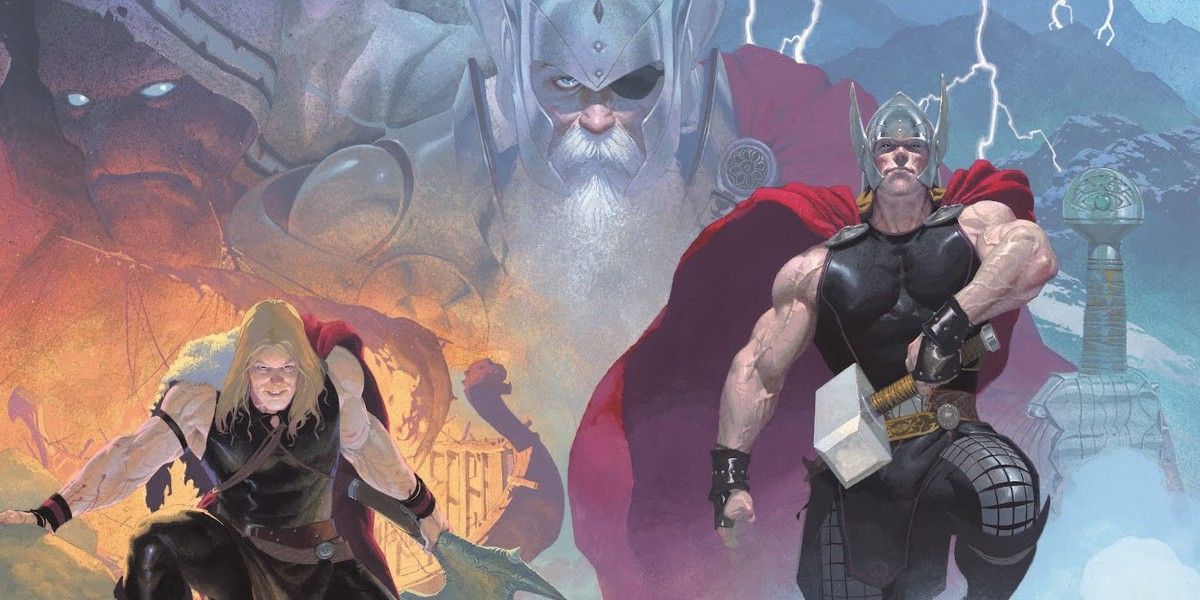
Starting with 2013's Thor: God of Thunder #1, Eisner Award-winning comic book writer Jason Aaron helmed the comic book adventures of Thor across several different tiles with an all-star team of artists, including Esad Ribic, Russell Dauterman and many more. This era shook up the Thor mythos, examining the past, present and future of the character, leaning more into the dark fantasy possibilities for the superhero.
From establishing Jane Foster as the new Thor to revealing a secret Tenth Realm, the Aaron era constantly upped the ante and took considerable chances with well-established characters. This culminated in the 2019 crossover event War of the Realms by Aaron and Dauterman, with Malekith the Dark Elf staging his conquest of Earth after years of being steadily built up as Thor's nemesis. Aaron and Ribic would reunite to craft an epilogue of sorts in the miniseries King Thor, following a far-future vision of the Odinson and granddaughters facing a familiar foe one last time.
0 Comments